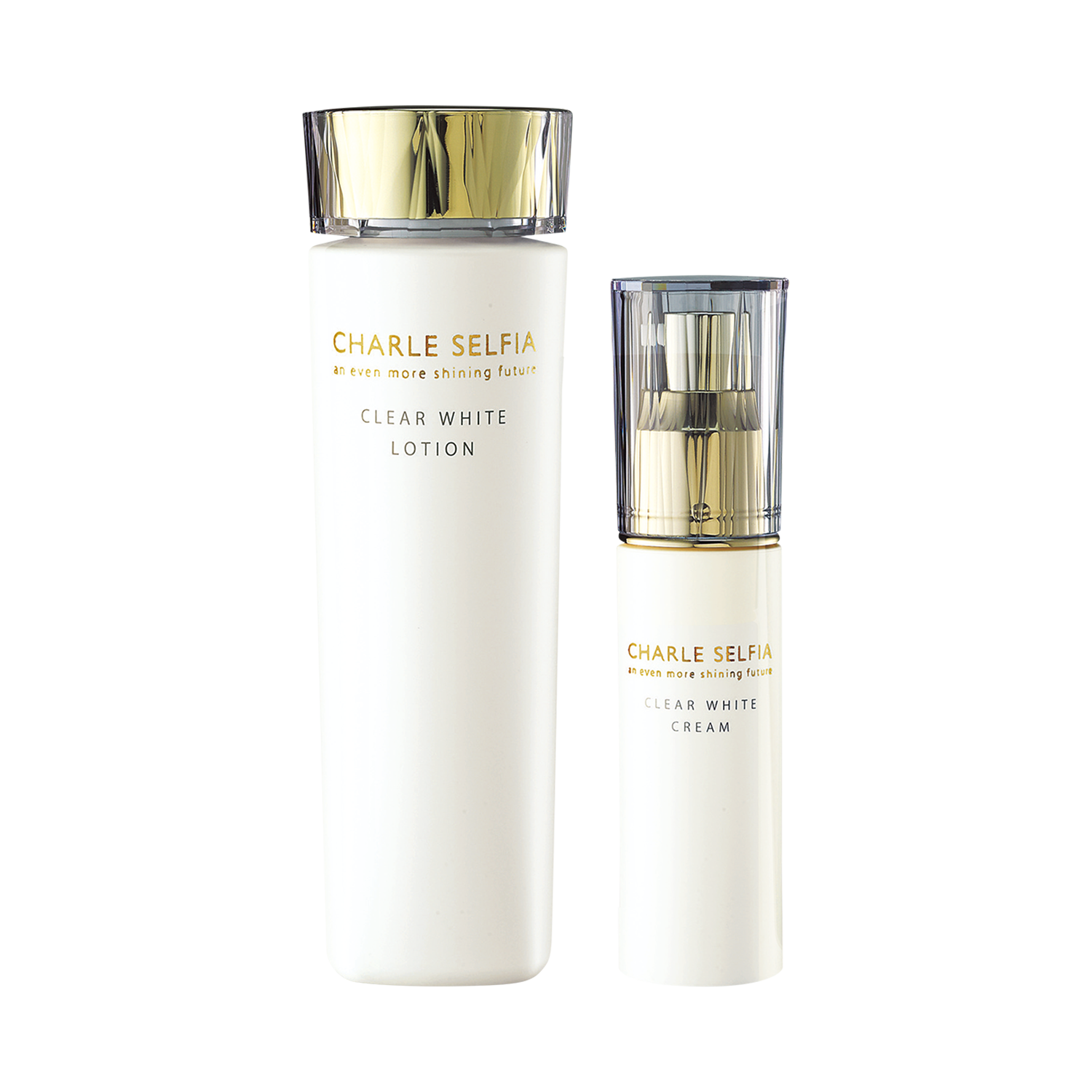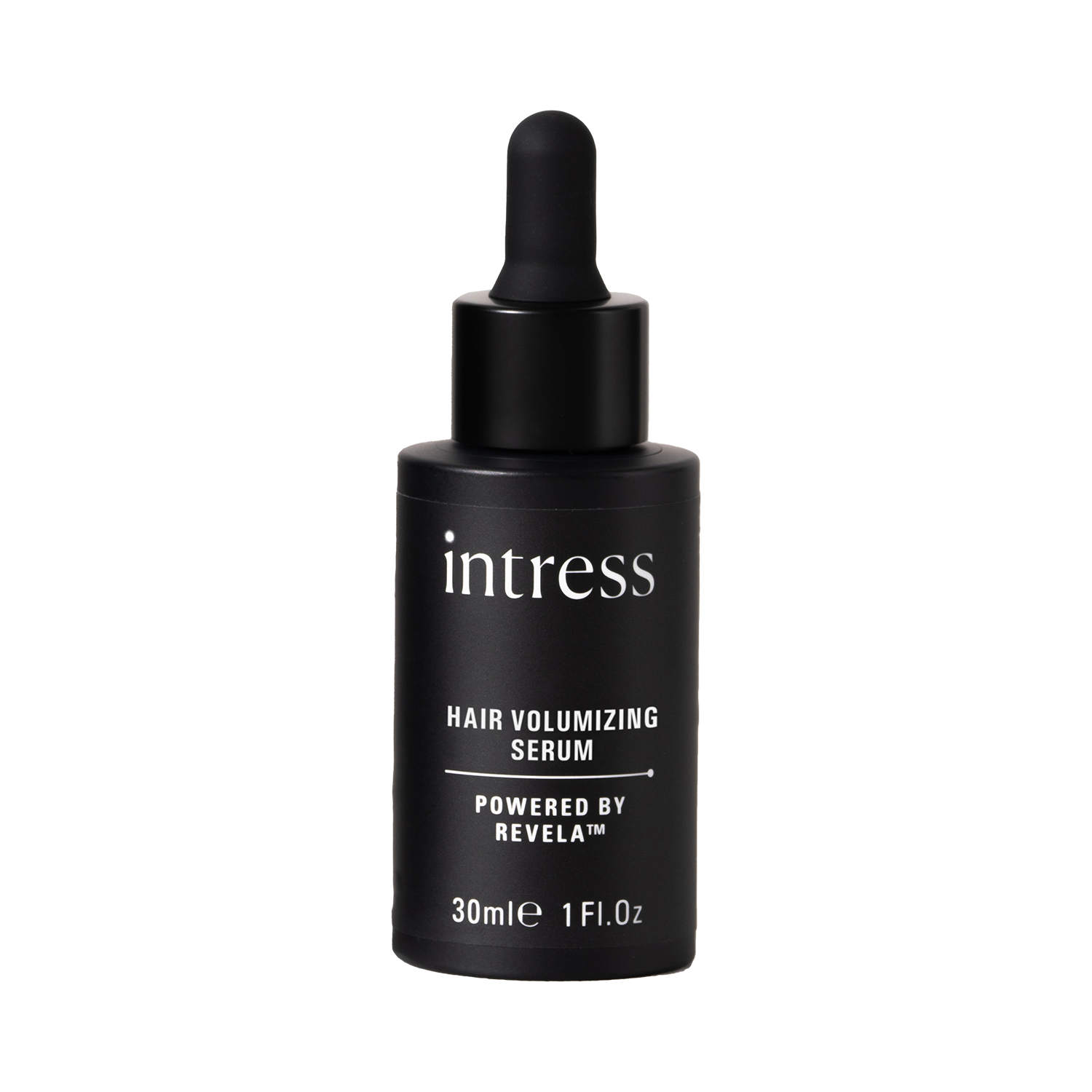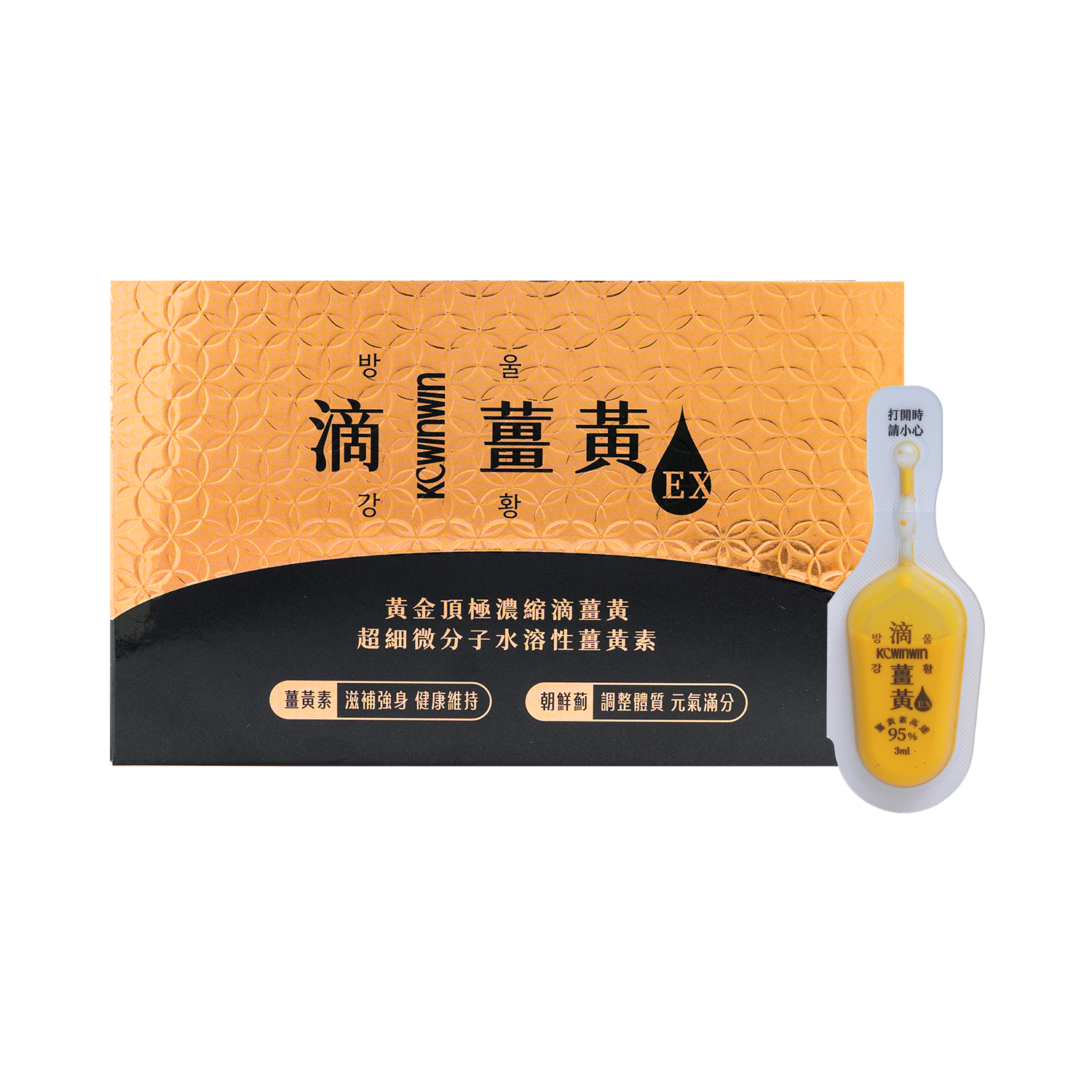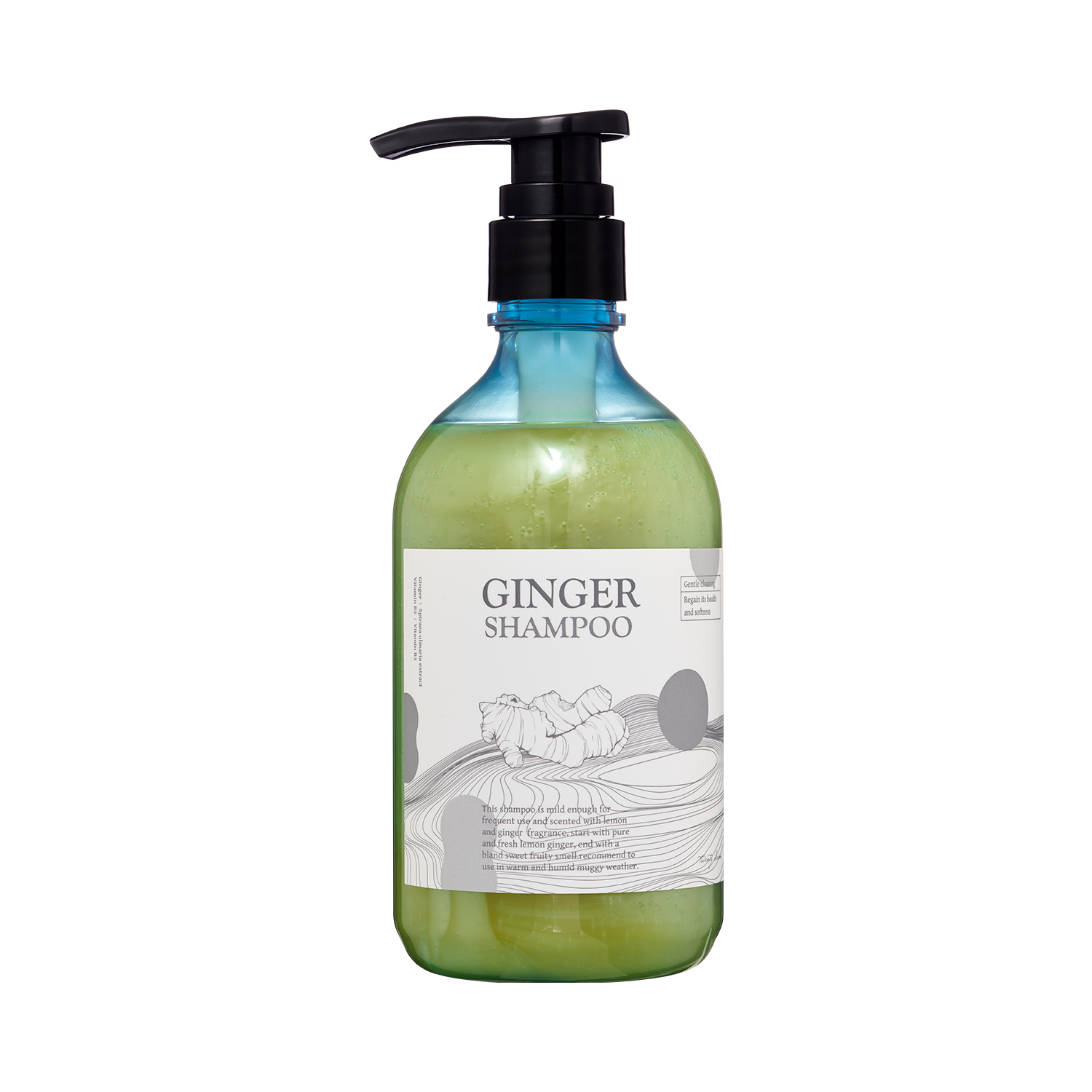Alber Elbaz-The Professor of Desire
Sarah Rutson, fashion director at Hong Kong–based Lane Crawford, says she was seduced from the minute she heard her heels tapping on the venue’s wooden floor, “as if I were walking on a old-time dance floor or an old-fashioned seaside promenade. Alber brings out the dreams in me. When the show started, my heart soared to want to wear the washed-silk Grecian dresses with trenchcoats in hues of navy, gray and taupe. Then the whoosh of strong red, orange, yellow, jade. Colors started to float through the air like streamers. By the time the white ostrich-feather dress came out, I was sighing and cooing like a woman who had been deprived of clothes all her life!”
And that was not the end of the affair. Rutson says the collection was even better in the showroom: “It took my breath away again.”
Linda Fargo, senior vice president and fashion director at Bergdorf Goodman, confesses Lanvin could “single-handedly put me in the poorhouse. Alber is a designer with a soul, a mind and a heart. He’s able to live with his head in the heavens and one foot on the soft earth, perfectly balancing the romance of dressing with the reality of our lives and our bodies.” Try telling him that.
And that was not the end of the affair. Rutson says the collection was even better in the showroom: “It took my breath away again.”
Linda Fargo, senior vice president and fashion director at Bergdorf Goodman, confesses Lanvin could “single-handedly put me in the poorhouse. Alber is a designer with a soul, a mind and a heart. He’s able to live with his head in the heavens and one foot on the soft earth, perfectly balancing the romance of dressing with the reality of our lives and our bodies.” Try telling him that.




















